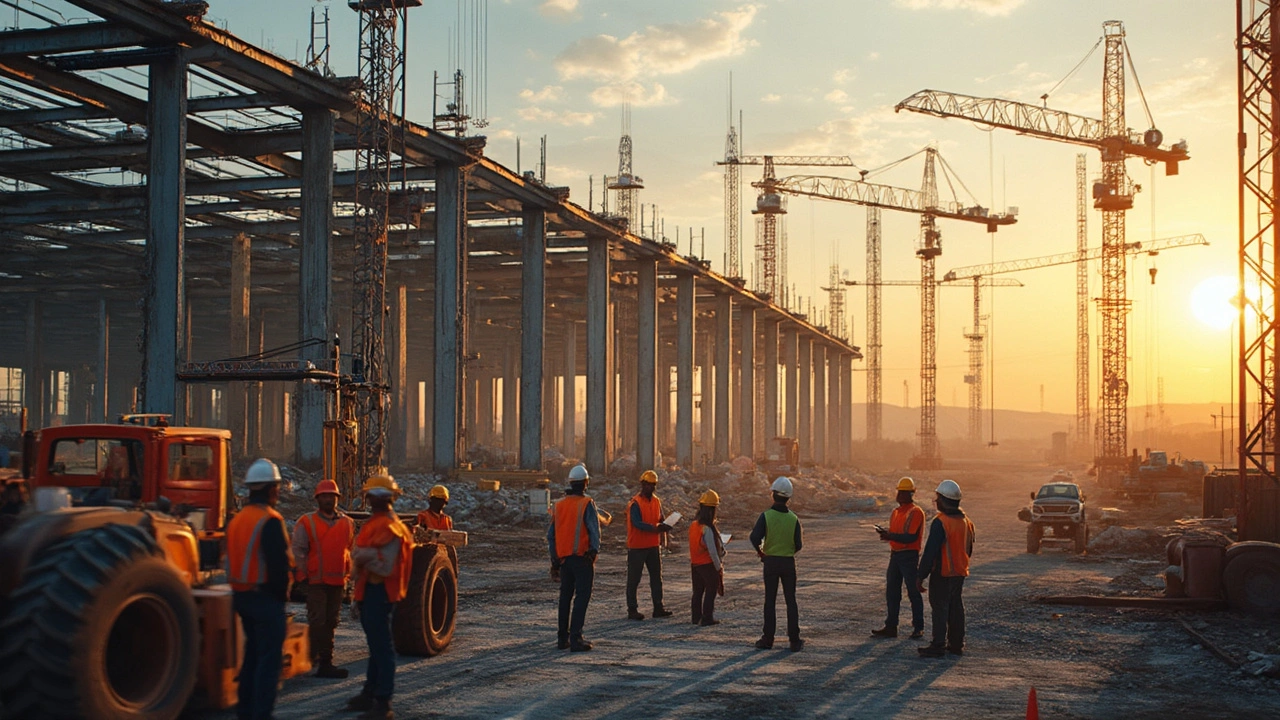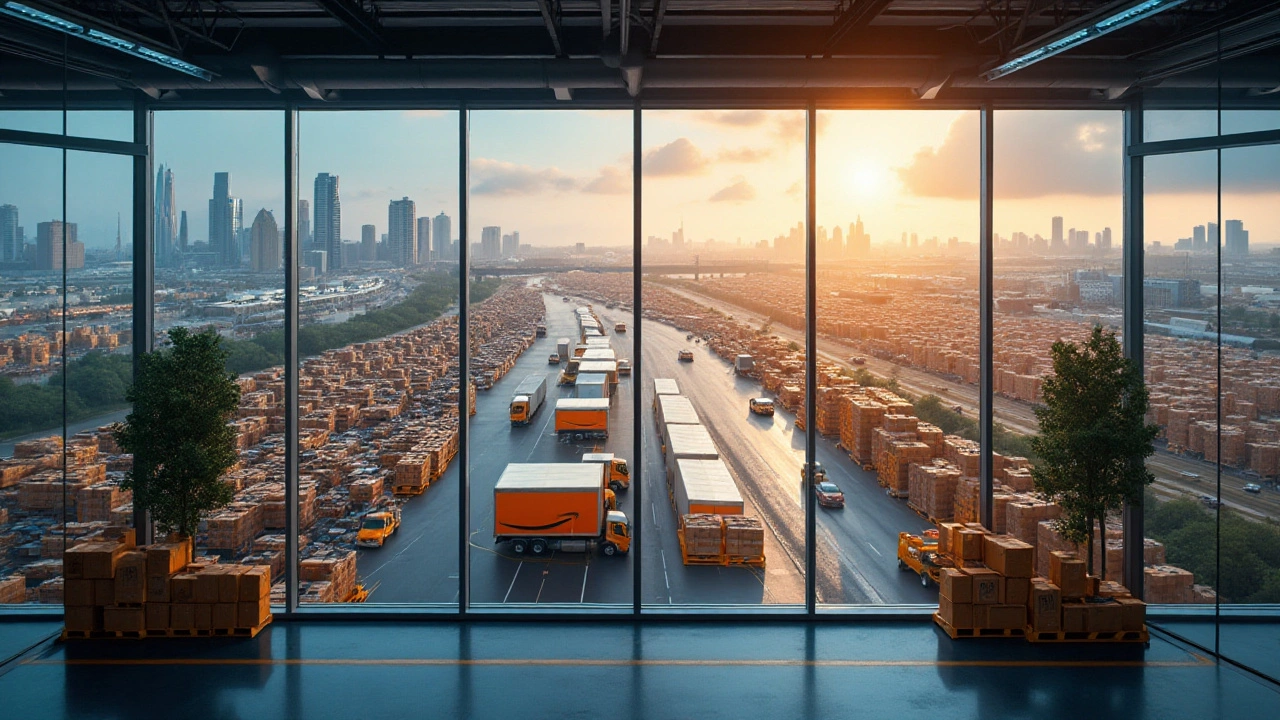Logistics Centers: What They Are and Why They Matter
If you’ve ever wondered how a product gets from a factory to your front door, the answer lies in logistics centers. These are the places where inventory is stored, sorted, and sent out to customers or other warehouses. Think of them as the brain of your supply chain – they keep everything organized and moving.
Key Functions of a Logistics Center
A logistics center does more than just hold boxes. First, it receives goods from manufacturers and checks them for damage. Then it records each item in a warehouse management system (WMS), so you always know what’s inside. After that, the center groups items by order, prepares them for shipment, and hands them off to a courier or a freight carrier.
Other important jobs include managing returns, repackaging damaged goods, and keeping track of inventory levels so you never run out of stock. In short, a logistics center handles inbound, storage, and outbound steps all under one roof.
Choosing the Right Logistics Center for Your Business
Not every logistics center fits every business. Look at location first – a hub close to your major customers cuts travel time and delivery costs. Next, consider the technology it uses. Centers that run a modern WMS, like the ones described in our "What Does WMS Mean?" guide, make it easier to track stock in real time.
Capacity matters too. If you’re a small e‑commerce shop, a shared warehouse might be enough. Bigger brands may need their own dedicated space or a mega‑logistics hub like the ones discussed in "What is Bigger Than a Warehouse?" Finally, compare services: do they offer same‑day pickup, cross‑docking, or value‑added tasks like kitting?
Once you’ve matched these factors with your needs, you’ll see a clear impact – lower shipping costs, faster order fulfillment, and happier customers.
In practice, many businesses combine several centers. For example, a company might store raw materials in one hub, finished products in another, and use a third for last‑mile distribution. This network approach spreads risk and speeds up delivery, especially when you pair it with reliable courier services like those covered in "Courier Collection Services".
Remember, a logistics center is only as good as the people and systems running it. Regularly review performance metrics – order accuracy, picking speed, and on‑time shipments – to catch bottlenecks before they hurt your bottom line.
Whether you’re just starting out or looking to upgrade, the right logistics center can transform how you move goods. It’s the difference between shipping delays and a smooth, predictable supply chain that scales with your growth.
Who Builds Amazon Warehouses: Construction Companies, Contractors, and Key Players in the USA
Amazon warehouses don't just pop up overnight—behind every giant facility is a web of construction companies, project managers, and skilled workers making it happen. This article breaks down exactly who builds Amazon's warehouses in the USA and how the process works, from massive contracts to clever technology. You'll get inside info on the biggest players in the industry, real costs, and what it takes to complete these enormous projects faster than most traditional builds. Get ready for a behind-the-scenes look at the world of Amazon warehouse construction.
Read MoreWhich US State Hosts the Most Amazon Warehouses?
Explore which state in the US boasts the highest number of Amazon warehouses and how this influence impacts the region's economy and logistics industry. Discover why Amazon selects specific locations for their fulfillment centers, the benefits these facilities bring, and what this means for the local job market. Dive into an analysis of the strategic logistics planning that positions certain states as key players in Amazon's distribution network. This article also provides insights into the operational dynamics and future trends of warehouse solutions.
Read More
